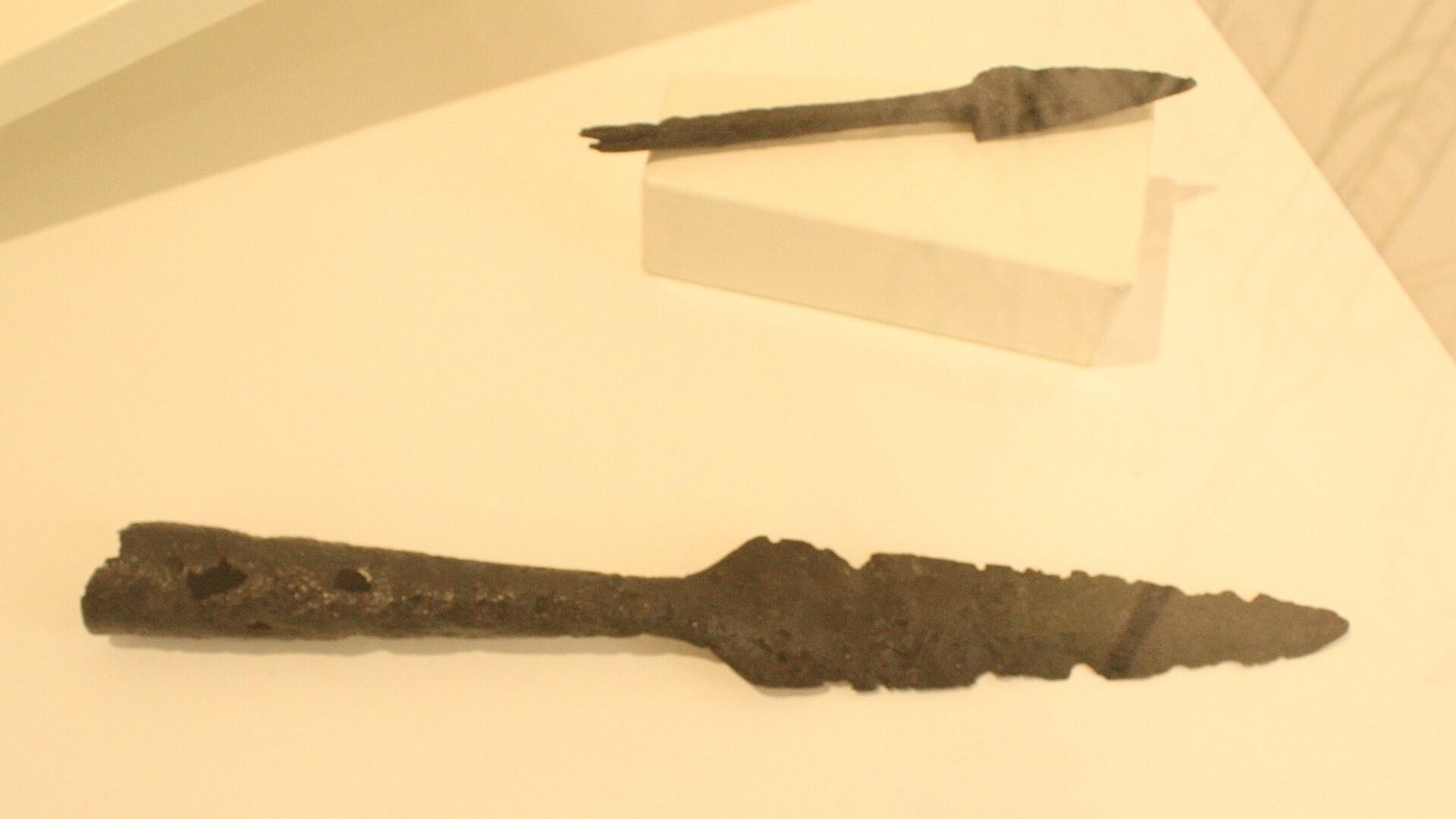Neanderthals and humans have a complicated, millennia-long relationship. The primitive human species likely persisted up until around 40,000 years ago, and co-existed with Homo sapiens for long periods.
Many theories exist for their extinction, from vulnerability to disease, to war with sapiens, or even the ability of humans to domesticate dogs. But new evidence suggests they may have met a less violent end.
Overlapping Periods

Humans may have first overlapped with neanderthals around 250,000 years ago, but more recent evidence has suggested that they may have lived together in Europe more recently.
Homo sapiens spent most of its 250,000-year existence residing in Africa, but likely began to disperse around 50,000 years ago to Europe, Asia and beyond.
Neanderthal Extinction Theories

There are numerous existing theories that attempt to explain the mystery of the Neanderthal extinction.
Most of these theories, at least in part, have to do with the relationship between the 2 major competing species of humans at the time, Homo sapiens (modern humans) and Homo neanderthalensis (Neanderthals).
Infectious Disease

One of the theories posited for the ultimate extinction of Neanderthals was their susceptibility to disease.
As we saw, similarly, in more recent centuries with the meeting of Native Americans and Europeans, the Neanderthal population may have been devastated by diseases initially introduced by sapiens.
Interspecies War

Neanderthals may have also been decimated in a more violent manner, through war with their closest relatives.
A French paleontologist, Pierre-Marcellin Boule, suggested that Homo sapiens replaced Neanderthals in bloody conflict, possibly sparked by scarce resources.
Competitive Disadvantage

It is also possible that Neanderthals phased out over 1000s of years due to various competitive disadvantages with other human species.
Competitive disadvantages they may have faced include less energy-efficient anatomy, a less communal society, and less cognitive ability in general.
Canine Competition

Another potential source of competitive disadvantage with sapiens that has been put forward is that they may have faced a disadvantage when hunting for food because they were unable to train dogs.
There is evidence to suggest that sapiens could have domesticated dogs to help with hunting over 30,000 years ago.
Role of Interbreeding

The new study, by Li et al, published in Science, suggests that interbreeding between Neanderthals and humans may have played a role in the extinction of Neanderthals.
As Neanderthals and Homo sapiens are so closely related, they are able to produce offspring with each other.
Previous Genetic Evidence

We have known that Neanderthals and humans have bred for a while, as modern humans have a small percentage of Neanderthal DNA.
However, what is less studied is the effect of interbreeding on the Neanderthals, rather than humans.
Neanderthals ‘Absorbed’ By Humans

In the more recent period of interbreeding in Europe, Neanderthals may have gone extinct due to their reduced population size at the time.
As Neanderthals had limited mates, they interbred with the vastly more numerous humans and their DNA was diluted in sapiens. They were simply bred out of existence, and their final legacy is the genetic evidence that exists in our DNA today.


